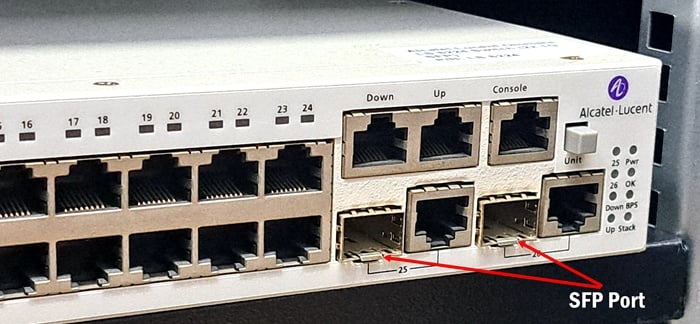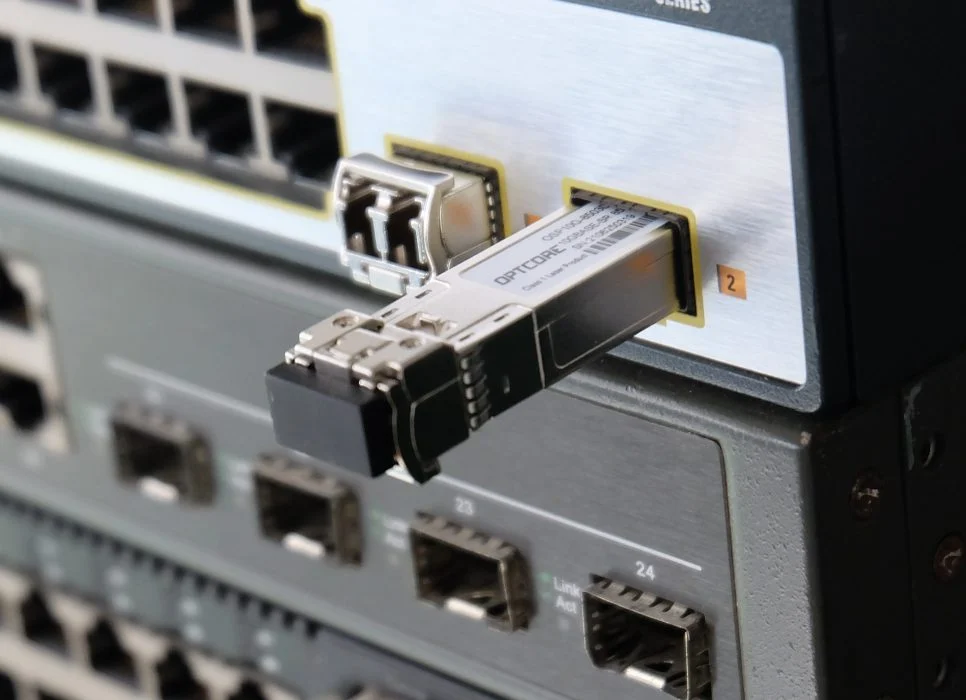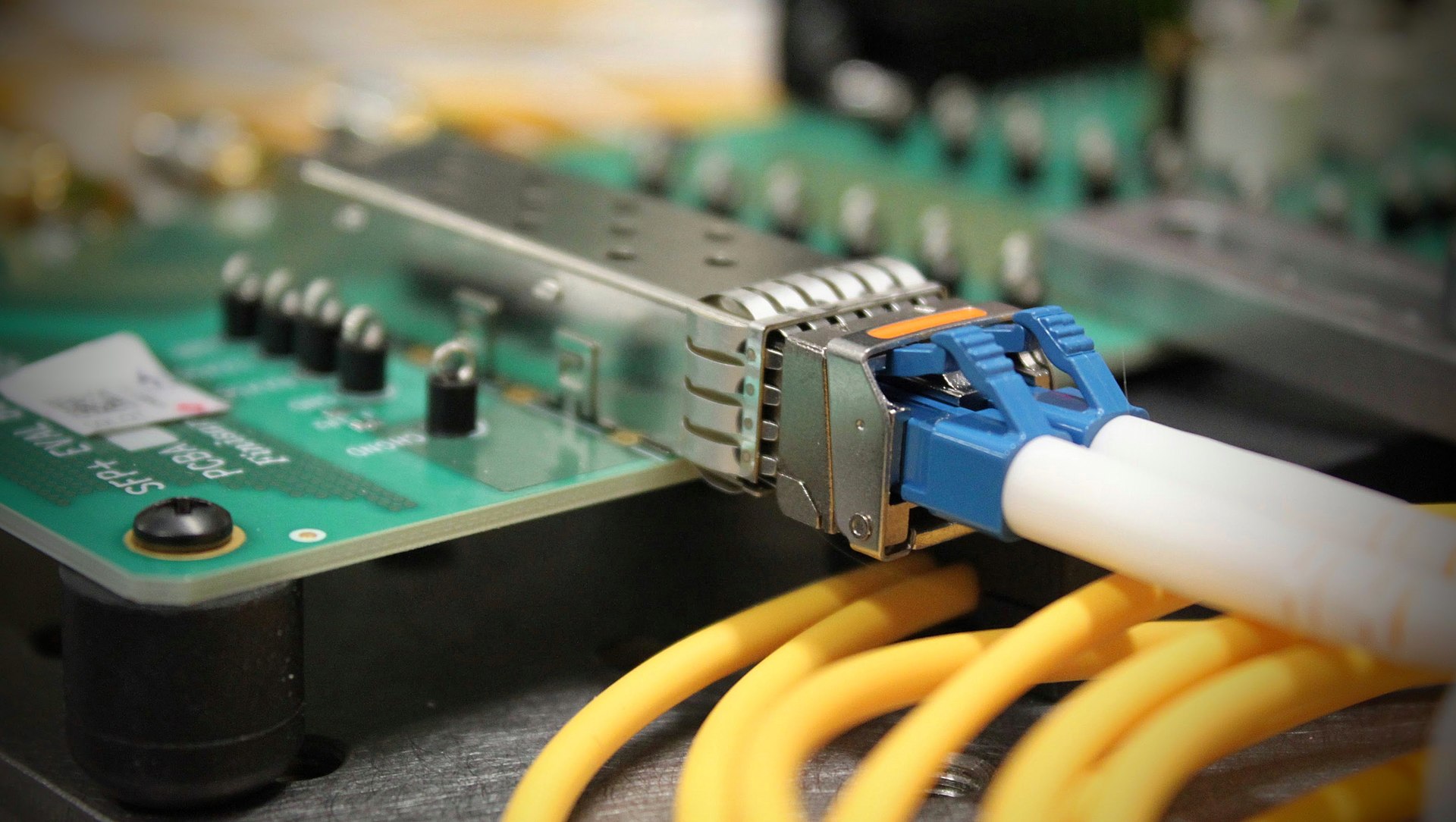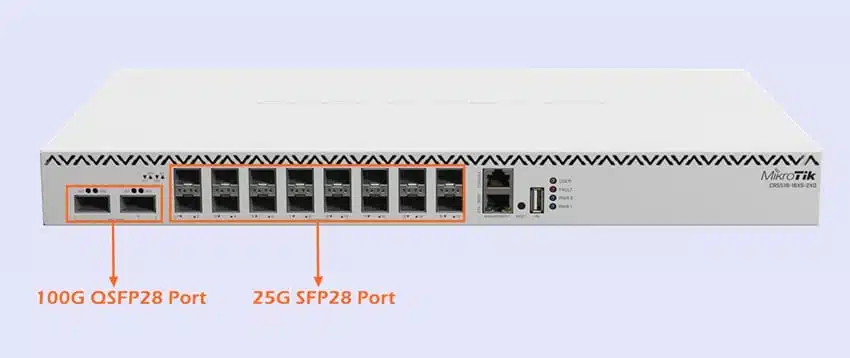
































Há88pl99ace1Small Form-factor Pluggable (SFP) is a compact, hot-swappable transceiver used in data and telecommunications networks. Its primary purpose is to provide a flexible way to connect various network devices, such as switches, routers, and media converters, to fiber optic or copper cabling. Designed to fit into a special SFP port on networking devices, it facilitates seamless data transmission over short and long distances, depending on the module type.

▪Hot-Swappable Design: SFP modules can be replaced or upgraded without powering down the network equipment, reducing downtime.
▪Versatile Connectivity: They support a variety of transmission standards, including Gigabit Ethernet, SONET (Synchronous Optical Network), and Fibre Channel.
▪Compatibility with Different Media: SFP modules support both copper (RJ45 connectors) and optical fiber (single-mode and multi-mode) connections, making them adaptable to a range of networking needs.
▪Compact Form Factor: Their small size allows network equipment to host multiple SFP ports, maximizing connection density.

▪Designed for short-range communication.
▪Typically used in local area networks (LANs) and data centers.
▪Common range: up to 2 km with a wavelength of 850 nm.
▪Suitable for long-distance communication.
▪Used in wide area networks (WANs) and telecommunications.
▪Range can extend up to 120 km with wavelengths of 1310 nm to 1550 nm.
▪Uses RJ45 connectors for Ethernet cables.
▪ Supports distances up to 100 meters.
▪ Ideal for cost-effective connections within close proximity.
▪ Allows transmission and reception of data on a single fiber strand, optimizing infrastructure use.

▪ Data Centers: Enable high-speed connections between servers and switches.
▪ Telecommunications: Support long-distance data transmission in core and edge networks.
▪ Enterprise Networks: Connect switches and routers to fiber or copper cabling in office setups.
▪ Industrial Applications: Used in rugged networking equipment for manufacturing and utilities.

▪ Cost-Effectiveness: SFPs reduce infrastructure costs by enabling modular upgrades and replacements.
▪ Flexibilidade: They allow network administrators to select the appropriate module for specific needs (e.g., speed, distance).
▪ Efficiency: Hot-swappable design minimizes downtime and simplifies maintenance.
With advancements in networking demands, newer iterations like SFP+ and QSFP (Quad Small Form-factor Pluggable) offer higher data rates, supporting up to 10 Gbps and beyond. These innovations continue to drive the adoption of SFP technology in modern communication systems.In summary, SFP modules are indispensable in modern networking, bridging the gap between hardware and cabling to ensure reliable and efficient data communication over varying distances. Their adaptability and performance make them a cornerstone of network infrastructure.
C9300X-24Y-A Catalyst 9300 24-port 25G/10G/1G SFP28 with modular uplinks Network Advantage
C9300-48S-E Catalyst 9300 48-port 1G SFP with modular uplinks Network Essentials
Cisco Catalyst 9300 Series Switches
Cisco All Series Switches New and Refurbished
For Cisco product list and quote, please visit: https://www.hi-network.com/categories/cisco or contact us at www.hi-network.com (Email: [email protected])
 Tags quentes :
CISCO Switches
SFP Switches
hot products
Tags quentes :
CISCO Switches
SFP Switches
hot products